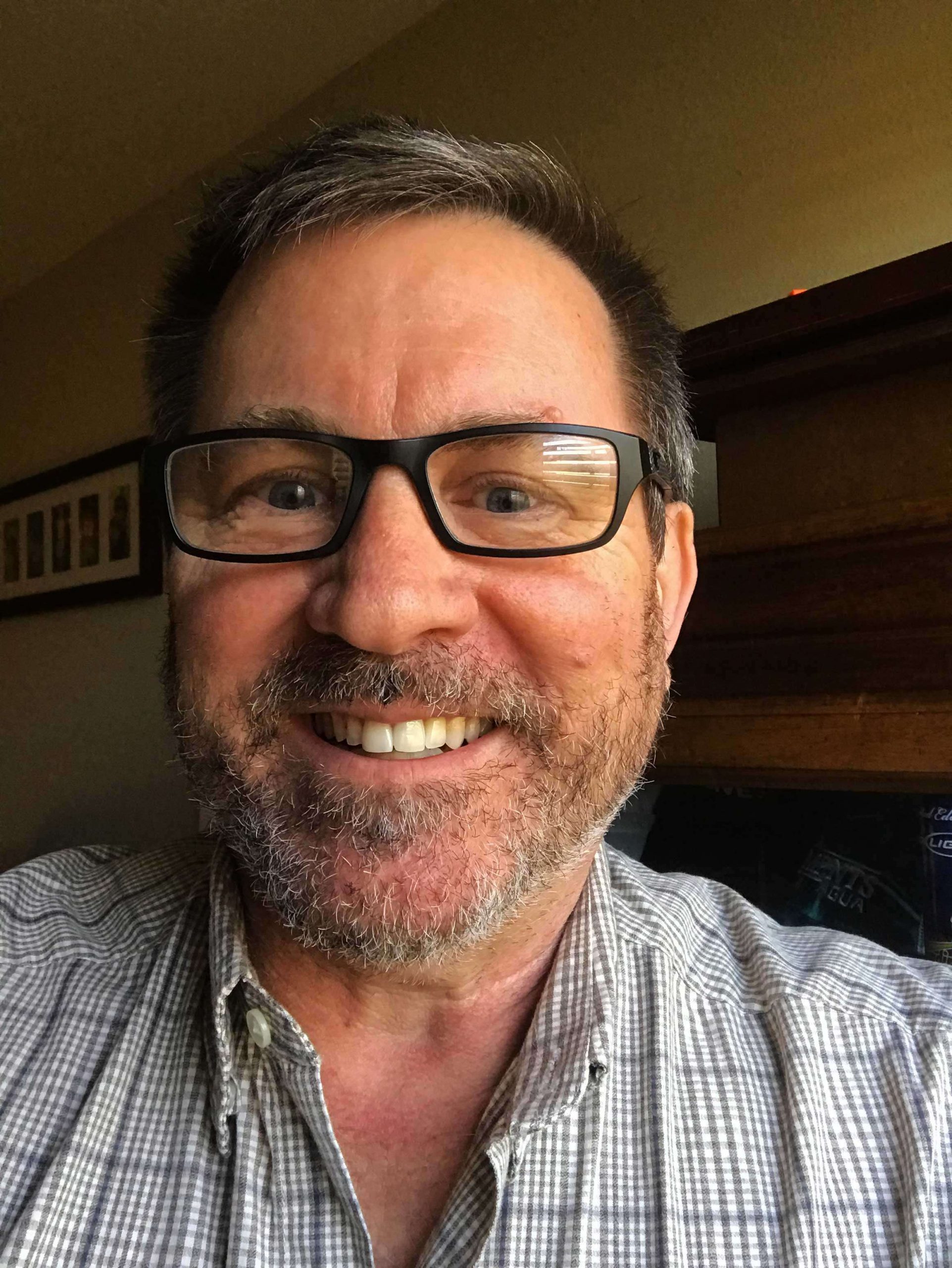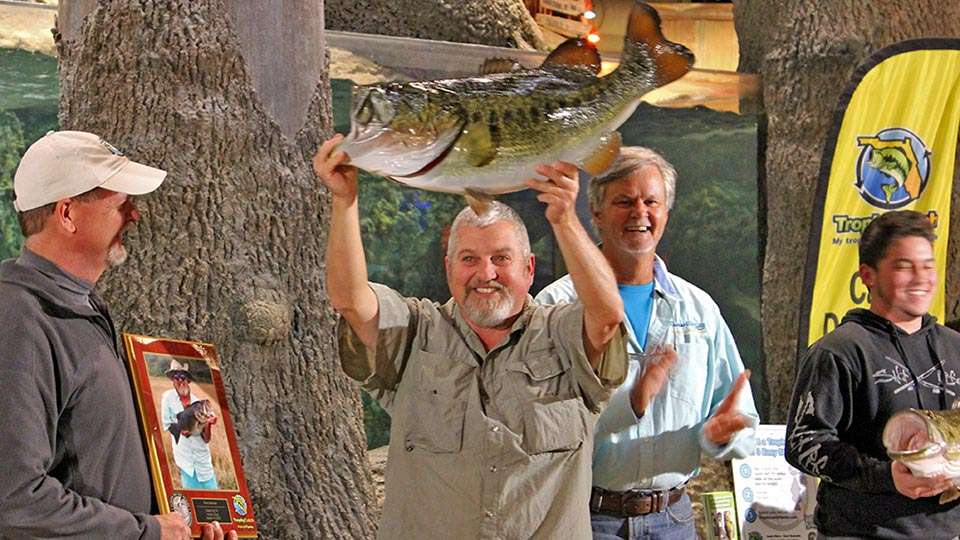
Florida doesn’t take its title as Fishing Capital of the World lightly.
Data shows some of the state’s bass fisheries aren’t what they used to be, but the Florida Fish and Wildlife Conservation Commission (FWC) is working hard to restore them to their previous greatness. The FWC is not only working on improving habitat and stocking fish, but it also has a growing program similar to Texas’ famous ShareLunker, with a boat as a top incentive to enter.
“Florida is recognized as the greatest state for fishing, saltwater and freshwater, so you can see why we’re so proud,” said Dennis Renfro, a Fisheries Resource Manager who’s worked for the FWC for 30 years. “Florida is the Fishing Capital of the World.”
The massive stretches of coast are readily evident, so it stands to reason there would be a great deal of saltwater fishing, but the Sunshine State also has close to 7,700 lakes that cover some 3 million acres. Fishing for largemouth reigns king, and those Florida strain bass are stocked in lakes around the country.
Folks go to Florida to catch big bass. The state record largemouth, caught by Billy O’Berry from an unnamed lake in Polk County in 1986, weighed 17.16 pounds. The uncertified state record goes back to 1923, when Frederick Friebel landed a 20.13 bass in Big Fish Lake. (Not all the reporting requirements were met to make that one official.)
Renfro, who has data showing fish catch size in tournaments has dropped over the past several decades in a number of Florida lakes, offers a great example of the FWC’s work. He points to Lake Apopka near Orlando, which was a famous bass mecca in the 1940s and 50s but fell in fish and stature.
“We’re trying to do the restoration of that largemouth bass fishery,” he said. “Our state, with special funding through the legislation, is trying to get that lake back.”
Renfro said the FWC is making these efforts because it knows the economic power of fishing: Florida is No. 1 in in-state anglers at 2.8 million; expenditures are $4.4 billion; anglers average 17.2 days fishing per year for 46.3 million fishing days; and 24.4 million of those days were spent in freshwater by 1.4 million anglers.
He often shares such facts when he visits with groups like the Hawthorne Fishing Club, Harris Chain of Lakes Bassmasters and the Villages Fishing Club. As resource manager for the Harris Chain, where B.A.S.S. opens its season this week, Renfro has overseen each of those groups in a recent massive habitat project.
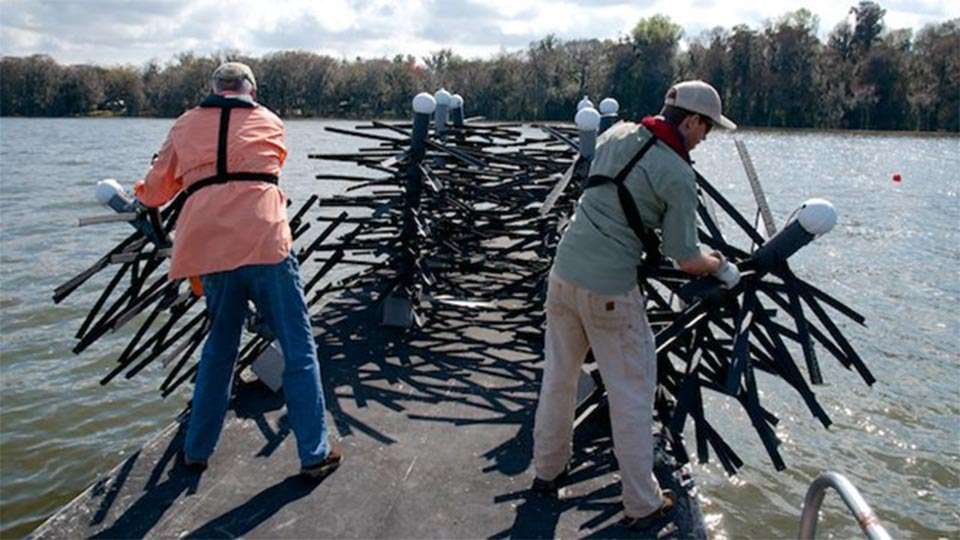
In hopes of improving angling opportunity, Renfro’s group partnered with a number of entities to construct and install some 700 plastic fish attractor units at a number of quarter-acre sites in Lake Harris. Modeled after the habitat efforts on Lake Havasu, it was just another in the number of projects to help improve sport fishing there. And Renfro talked up his work on Lake Griffin, within the Harris Chain of Lakes and site of a huge fish attractor study.
“We’re adding vegetation, the right vegetation,” he said. “In Lake Griffin, what we’re doing is restoring the marshes that were levied off for production of food. We’ve breached two different areas and I’m in charge of a third area. We’re trying to get a trophy bass fishery.”
That is key, not only for the residents, but because the visitors who add to the economy seek a great day of fishing, with the possibility of catching their personal best.
MY TROPHY SWIMS IN FLORIDA
Citizen science partnership has grown as Florida enlisted anglers to help biologists make informed management decisions for its lakes and rivers. There have been more than 5,000 approved entries in the FWC’s TrophyCatch program since it began four years ago.
Anglers from across the state have been asked to take a photo of their lunker bass weighing more than 8 pounds. A photo must show the entire fish on the scale and its weight, and additional photos can show the bass on a ruler and with the angler. They can then release the bass and submit their information to TrophyCatchFlorida.com.
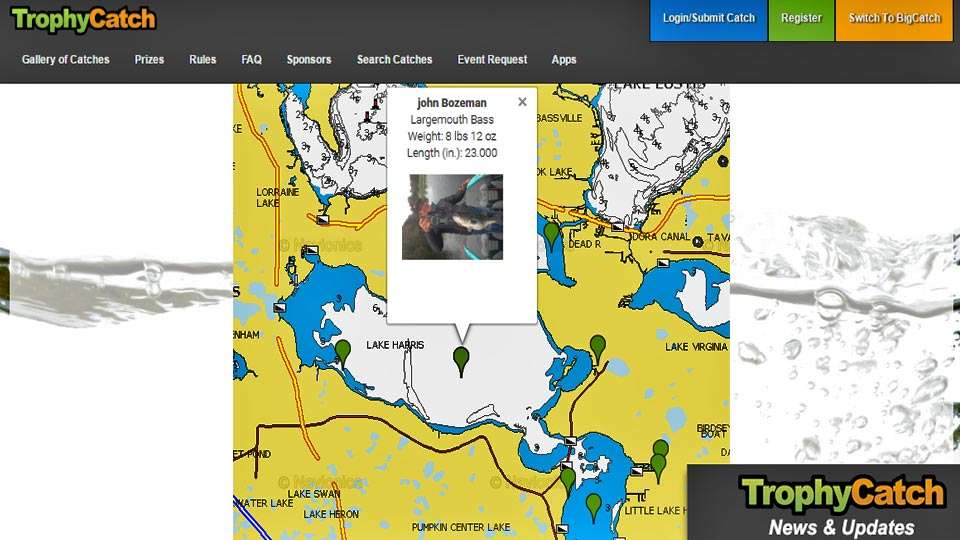
The FWC is fortunate to have a number of private partners that provide incentives to anglers. This year, everyone who registers is including in the drawing for a Phoenix 819 Pro bass boat powered by a 200 hp Mercury outboard and a MotorGuide trolling motor and anchored with a Power-Pole. Every verified entry adds 10 more chances to win, and the winner will be randomly drawn.
Anglers get prizes that graduate with the weight of the fish. Bass Pro Shops, Rapala and SpiderWire are among donors. The three weight divisions are: Lunker Club, fish 8.0-9.9 pounds; Trophy Club, 10.0-12.9; and Hall-of-Fame Club, 13 and up.
The FWC gets catch information, like GPS coordinates of the big catches.
“We try to get as much information as we can,” FWC biologist Andrew Dutterer said. “There are a lot of anglers who are happy to work with us as a conservation agency. We can use this data for research and management purposes.
“By nature, some fishermen are reluctant to share, and we’re working on ways to anonymize the areas so more people will participate.”
They did pretty well in 2016 with 2,269 entries. Paul Desrosier’s 14-pound, 10-ounce was the largest, crowning him Season 4 Champion and earning a free replica mount and plaque. Each Hall of Fame Club member received a fiberglass mount created by New Wave Taxidermy.
This year, the program is adding monthly prizes and new championship prizes, and creating a grand prize for the heaviest total weight over the season. TrophyCatch can be followed on Facebook and Instagram (@FishReelFlorida).
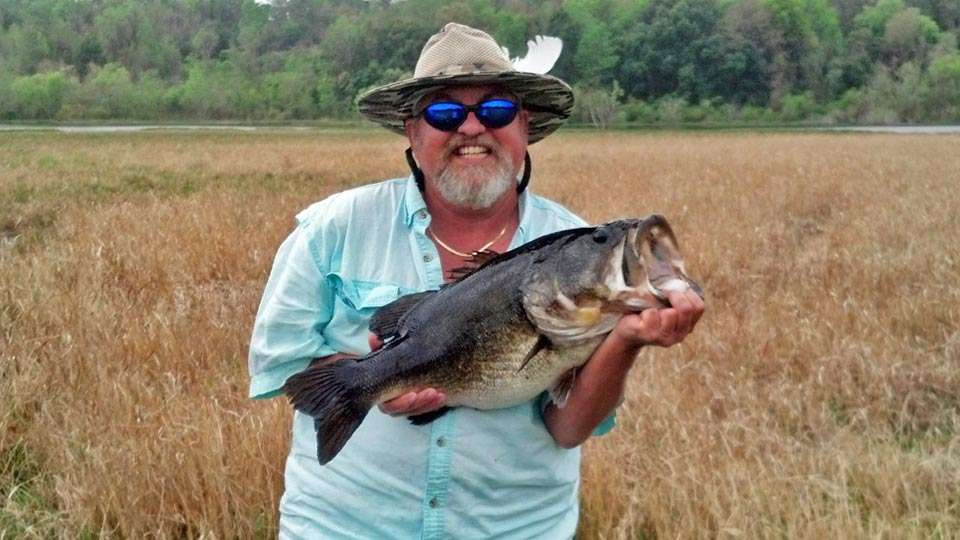
BOOGITY, BOOGITY, BOOGITY, LET’S GO FISHING
Expect big things, maybe a couple TrophyCatch bass, as the Bass Pro Shops Southern Open #1 on the Harris Chain kicks off the 2017 season this Thursday in Leesburg, Fla.
About 400 anglers, 200 pros and co-anglers, will be shaking off those icy winter blahs to fish for the first-place prize of $51,400 and automatic berth to the GEICO Bassmaster Classic. Ah, to be the first with a spot in the Classic. Oh, that’s for next year. 2018. Not Houston in March.
That will still make anybody’s year, to be thinking about fishing, uh, who knows where yet. Of course, the winner has to make sure to fish the two other Southern Opens.
The Harris event could have some big do-uns, as it’s that time of year. The weather looks as if it might cooperate, with estimates of morning lows near 60 and daily highs around 82. No shocking cold fronts. Saturday’s forecasted showers might not even hit until after a champion is crowned.
Florida pro Shaw Grigsby said the bass should be in prespawn, and he thinks there can be five-fish limits weighing more than 25 pounds. And he knows. Grigsby brought in a 29-8 bag sight fishing there during his win in the Sunshine Showdown Elite in 2011, although that was in March. For a complete preview of this event, click here.
The Elites Series, after opening the season on Cherokee Lake in Tennessee in early February, will be back in Florida to fish its second event on Lake Okeechobee, Feb. 23-26.
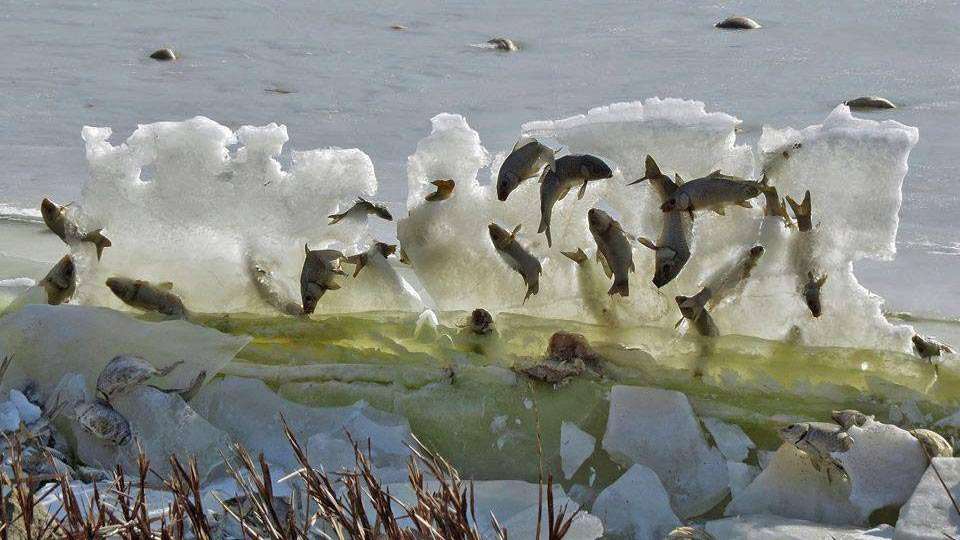
FEATHERED FRIENDS FEAST ON FISHICLES
This freaky photo of fish frozen in a wall of ice comes courtesy the U.S. Department of the Interior and Kelly Preheim. A regular visitor to the Lake Andes National Wildlife Refuge in South Dakota, Preheim encountered this odd occurrence and shared with the world.
Mostly suckers, these fish weren’t flash frozen. They died as low lake levels led to depleted oxygen. The fish floated to the surface and moved along with the ice as it expanded and buckled, high winds surely helping to send them vertical. The fishicles did not go to waste, Preheim explains.
“The thousands of frozen fish on the lake attracted hundreds of bald eagles, various gulls and American crows as they fed on the dead fish. It was quite a sight and it smelled very fishy out there for quite awhile.”

